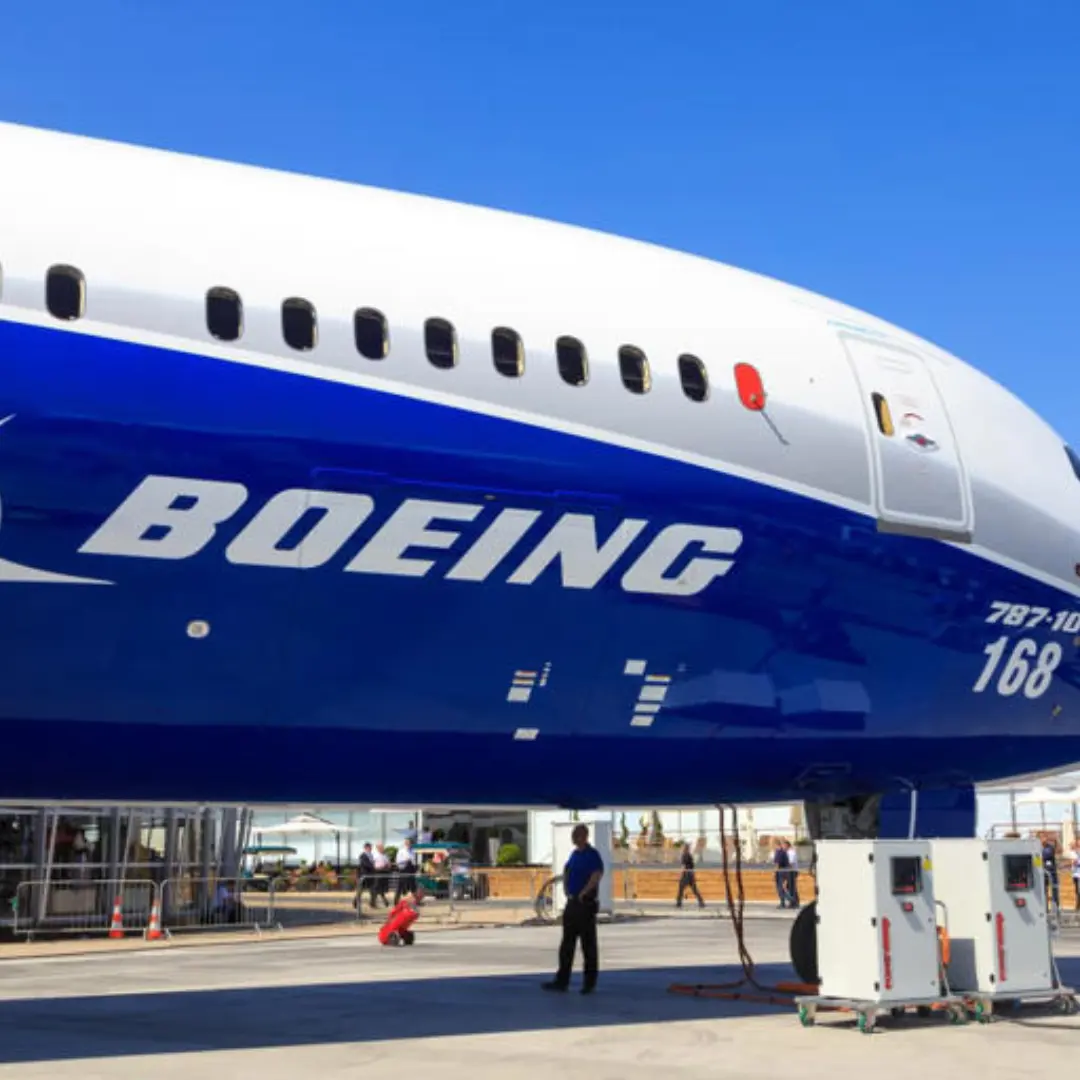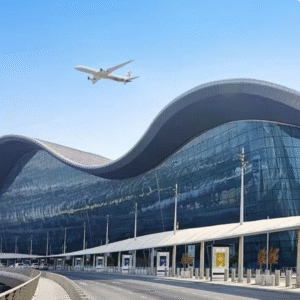Boeing’s 737 MAX aircraft, once a flagship model and a key player in the commercial aviation market, has faced a turbulent period following two fatal crashes in 2018 and 2019. These incidents led to a worldwide grounding of the aircraft, lasting for almost two years until regulators deemed it safe to fly again with extensive modifications and enhanced pilot training.
Despite Boeing’s efforts to address safety concerns and regain trust in the 737 MAX, recent developments indicate significant challenges. The absence of new orders for two consecutive months highlights ongoing hesitancy among airlines and customers. This trend is particularly concerning as the aviation industry seeks recovery from the impacts of the COVID-19 pandemic, which severely disrupted air travel demand and financial stability for airlines globally.
Several factors contribute to the current situation faced by Boeing and its 737 MAX program. First and foremost is the lingering stigma surrounding the aircraft’s safety record following the crashes of Lion Air Flight 610 and Ethiopian Airlines Flight 302. While Boeing implemented design changes and regulatory improvements to enhance the aircraft’s safety, the incidents have undoubtedly impacted customer confidence and purchasing decisions.
Additionally, the prolonged grounding of the 737 MAX resulted in a backlog of undelivered aircraft, further complicating Boeing’s efforts to attract new orders. Airlines, already grappling with financial losses and uncertain passenger demand, may be reluctant to invest in new aircraft types amid economic uncertainties and evolving travel restrictions.
Competitive pressures also play a role in Boeing’s challenges. Rival Airbus has continued to attract orders for its A320neo family, which directly competes with the 737 MAX. Airlines may opt for Airbus aircraft due to operational flexibility, efficiency gains, or simply as a strategic alternative amidst Boeing’s ongoing issues.
Looking forward, Boeing faces a critical juncture in its efforts to restore confidence in the 737 MAX and maintain its position in the commercial aviation market. The company’s ability to secure new orders, particularly from major airlines and leasing companies, will be pivotal in determining the aircraft’s long-term success and Boeing’s recovery from recent setbacks.
In conclusion, while Boeing has made strides in addressing safety concerns and returning the 737 MAX to service, the absence of new orders over consecutive months underscores ongoing challenges and reduced market demand. The aviation industry’s recovery post-pandemic, coupled with competitive pressures and customer confidence, will shape the future trajectory of Boeing’s 737 MAX program and its broader commercial aviation ambitions.









